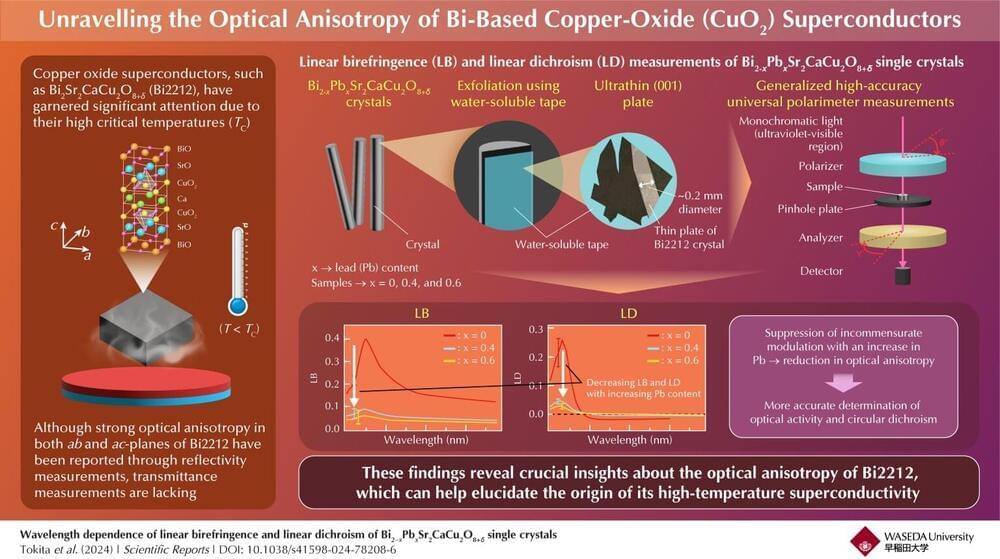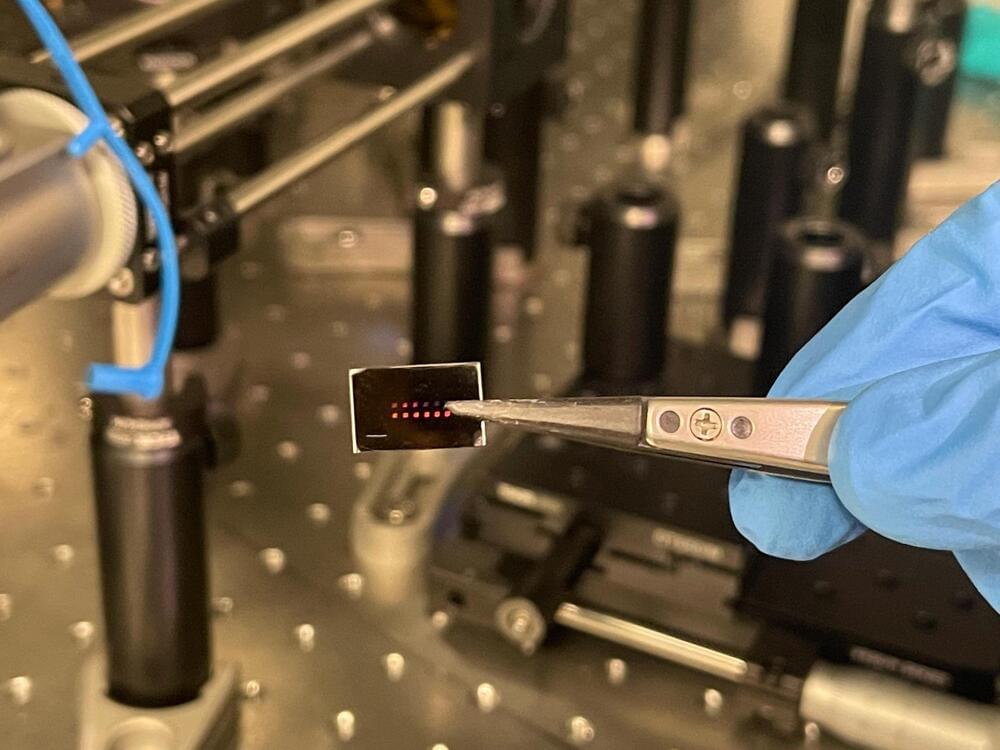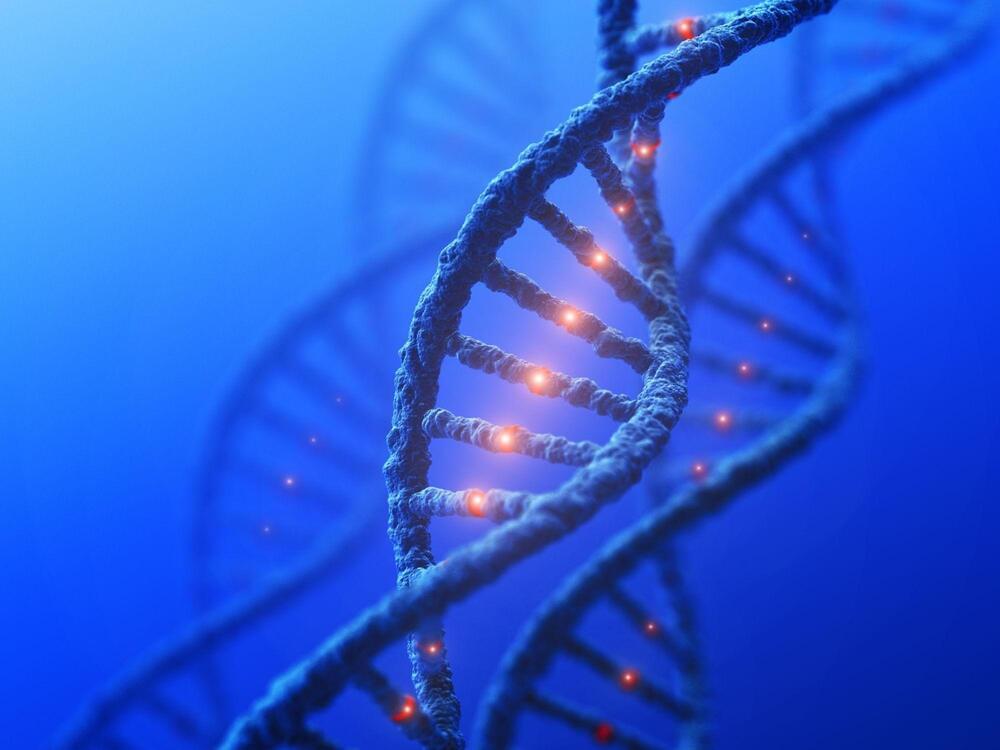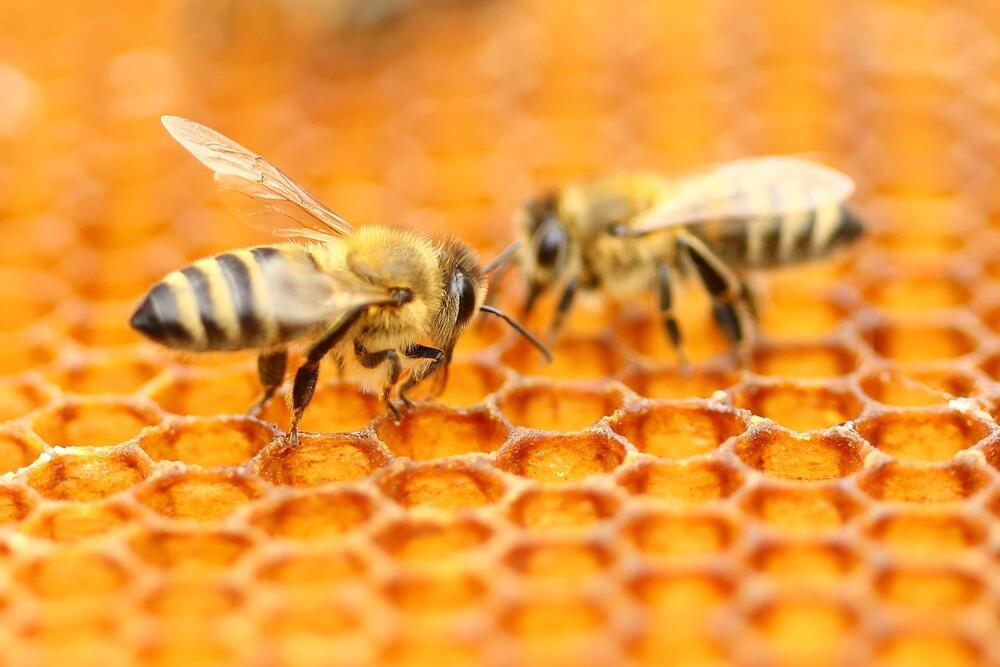Copper-oxide (CuO2) superconductors, such as Bi2Sr2CaCu2O8+δ (Bi2212), have unusually high critical temperatures. Optical reflectivity measurements of Bi2212 have shown that it exhibits strong optical anisotropy. However, this has not been studied through optical transmittance measurements, which can offer more direct insights into bulk properties.
Now, researchers have elucidated the origin of this optical anisotropy through ultraviolet and visible light transmittance measurements of lead-doped Bi2212 single crystals, enabling a more precise investigation into its superconductivity mechanisms. Their research is published in the journal Scientific Reports.
Superconductors are materials which conduct electricity without any resistance when cooled down below a critical temperature. These materials have transformative applications in various fields, including electric motors, generators, high-speed maglev trains, and magnetic resonance imaging.









